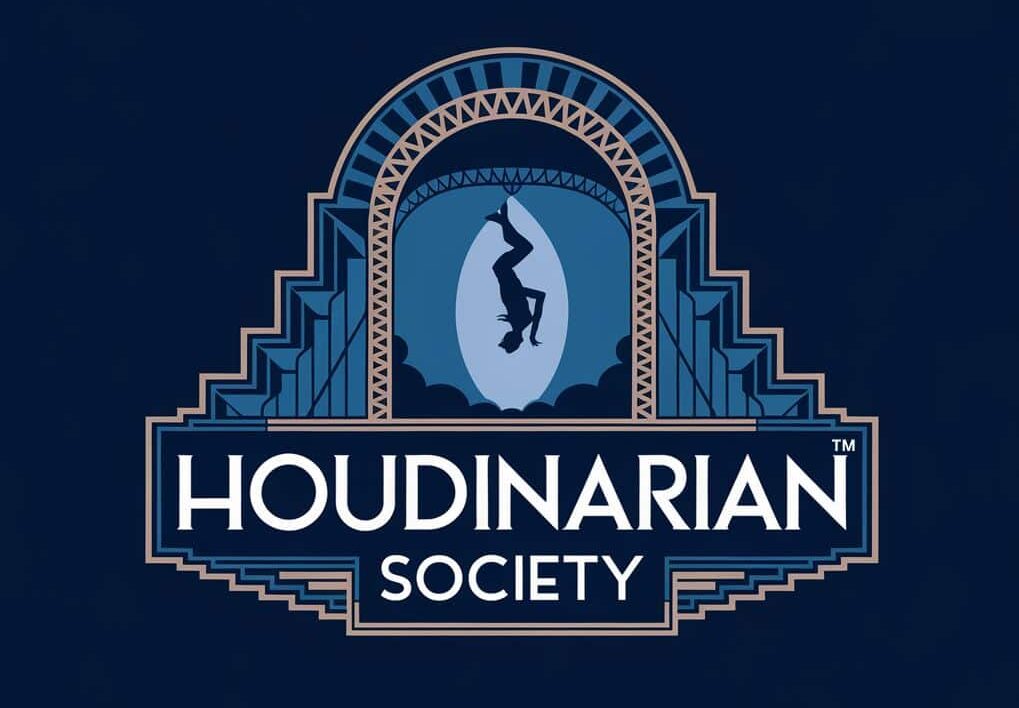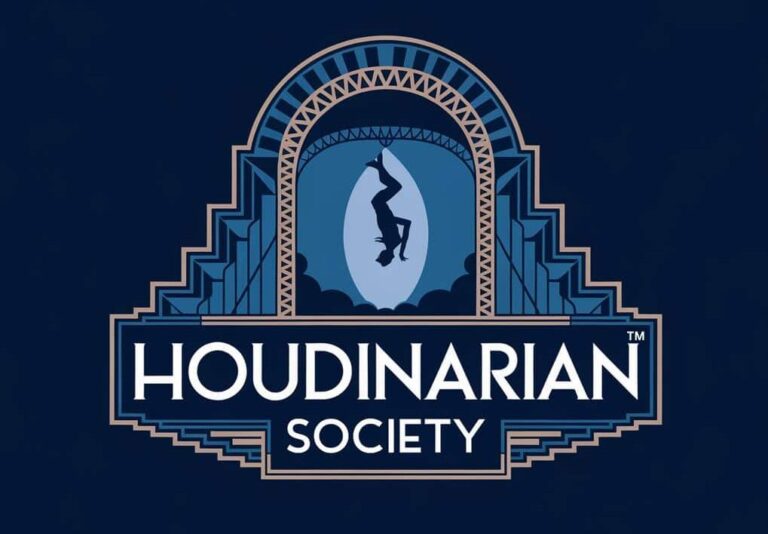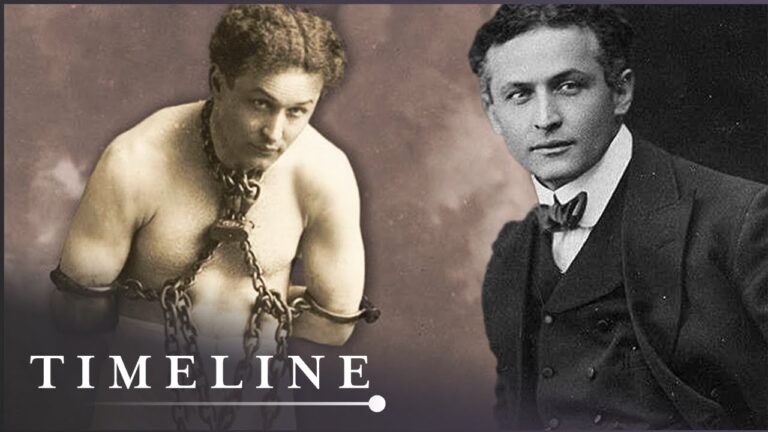Unveiling the Truth: Myths and Realities of Harry Houdini’s Legacy
Harry Houdini, a name synonymous with breaking out of impossible situations and surviving death-defying stunts, continues to fascinate audiences nearly a century after his death.
Born Ehrich Weiss in 1874, Houdini’s journey from a poor immigrant background to becoming one of the most celebrated magicians of all time is a tale of relentless ambition, meticulous preparation, and unparalleled showmanship.
This blog post delves into the extraordinary life and career of Harry Houdini, exploring the key events that shaped his legacy and the enduring myths surrounding his death.
The Early Years: From Poverty to Magic
Harry Houdini was born into a Jewish-Hungarian family in Budapest and immigrated with his family to Wisconsin at a young age. His father struggled to make a living, and the family faced grinding poverty.
Houdini’s early fascination with illusionism and tricks offered him an escape from this harsh reality. By the age of six, he was already practicing sleight of hand, and by seven, he was a regular at circuses.
The First Steps Towards Fame
In 1883, at the age of nine, Houdini set up an improvised circus with neighborhood boys and performed as a trapeze artist, crowning himself “Prince of the Air.”
His father, unable to sustain a career as a rabbi, moved the family to a New York slum, where Houdini’s passion for magic grew stronger.
He trained rigorously, lifting weights, swimming, and boxing while taking on various manual-labor jobs to support his family.
The Birth of Harry Houdini
In the 1890s, inspired by the memoirs of 19th-century French magician Jean-Eugène Robert-Houdin, Ehrich Weiss added an “i” to Houdin’s name and adopted the stage name Harry Houdini. He also paid homage to American magician Harry Kellar by choosing “Harry” as his first name.
Houdini set up a traveling circus with his younger brother, Theodore “Dash” Hardeen, featuring high-wire acts, snake charmers, and belly dancers.
Metamorphosis: The Signature Act
The brothers gained acclaim with their signature act, Metamorphosis, first performed at the 1893 Chicago World’s Fair.
In this act, Dash tied Houdini up and placed him in a sack inside a chest. Once the curtain was pulled, Dash was revealed to have replaced Houdini, astonishing the crowds with their speed and dexterity.
Within a year, Dash was replaced by Wilhelmina Beatrice Rahner, or Bess, who became Houdini’s partner in magic and life.
The Rise to Stardom
Despite their growing popularity, the Houdinis struggled financially. Houdini’s experience as an apprentice locksmith gave him the idea to maximize sensationalism to draw crowds.
He would alert the press upon arriving in a town, call a police station, and ask to be handcuffed and locked in a cell. Within minutes, he would walk free, generating significant media coverage and promoting their shows.
International Fame and Challenges
In 1899, entrepreneur Martin Beck offered Houdini a contract to perform in his theaters, providing him with a substantial income and new horizons.
By 1900, Houdini was performing in Britain, and by 1903, he was in Russia, where he famously requested to be locked naked in a freezing prison van used to transport prisoners to Siberia.
Houdini broke out after 45 minutes, astonishing the guards and further cementing his reputation.
Death-Defying Acts and Public Fascination
Starting in 1908, Houdini’s signature act involved being locked in a milk can full of water. By 1912, he replaced the milk can with the water torture cell, where he was bound in chains and padlocks and submerged upside down.
Public fascination with his daredevilry won Houdini star roles in early cinema, including the 1919 movie *The Grim Game,* where he played an escapologist.
The Philosophy Behind the Feats
Houdini once said, *My chief task is to conquer fear,* and he made himself undergo *tortuous self-training* to avoid panic.
Biographers suggest that his extreme acts were driven by a desire to resolve the trauma of being a poor outsider and to counter the prevalent stereotype that Jewish men were physically weak.
Houdini aligned himself with the emerging idea of the muscular Jew to combat anti-Semitic insults.
The Final Act and Enduring Myths
During the height of his career, in October 1926, Houdini was in Montréal to perform at McGill University.
A student asked about his abdominal strength and whether he could withstand punches. When Houdini replied he could, the student punched him in the stomach, causing him great pain.
Days later, on October 31, 1926, Houdini died in Detroit at age 52. The cause of death was peritonitis, caused by appendicitis.
Debate continues over whether the punch was fatal or if Houdini succumbed to an unrelated intestinal condition.
The Legacy of Harry Houdini
Houdini left his effects and props to Dash, requesting they be burned upon Dash’s death.
Over the years, many myths have formed around Houdini.
One story, popularized by director and actor Orson Welles, claimed that Houdini made the bells of the Kremlin ring simply by lifting his hand. Although highly implausible, this story highlights the core contradiction of Houdini’s career: a rational man who seemed to perform magical feats.
Nearly a century after his death, the aura of the supernatural still clings to Harry Houdini.
His life and career continue to captivate audiences, and the circumstances surrounding his death remain a topic of intrigue.
For more on Houdini’s life and the myths surrounding his death, visit National Geographic.






